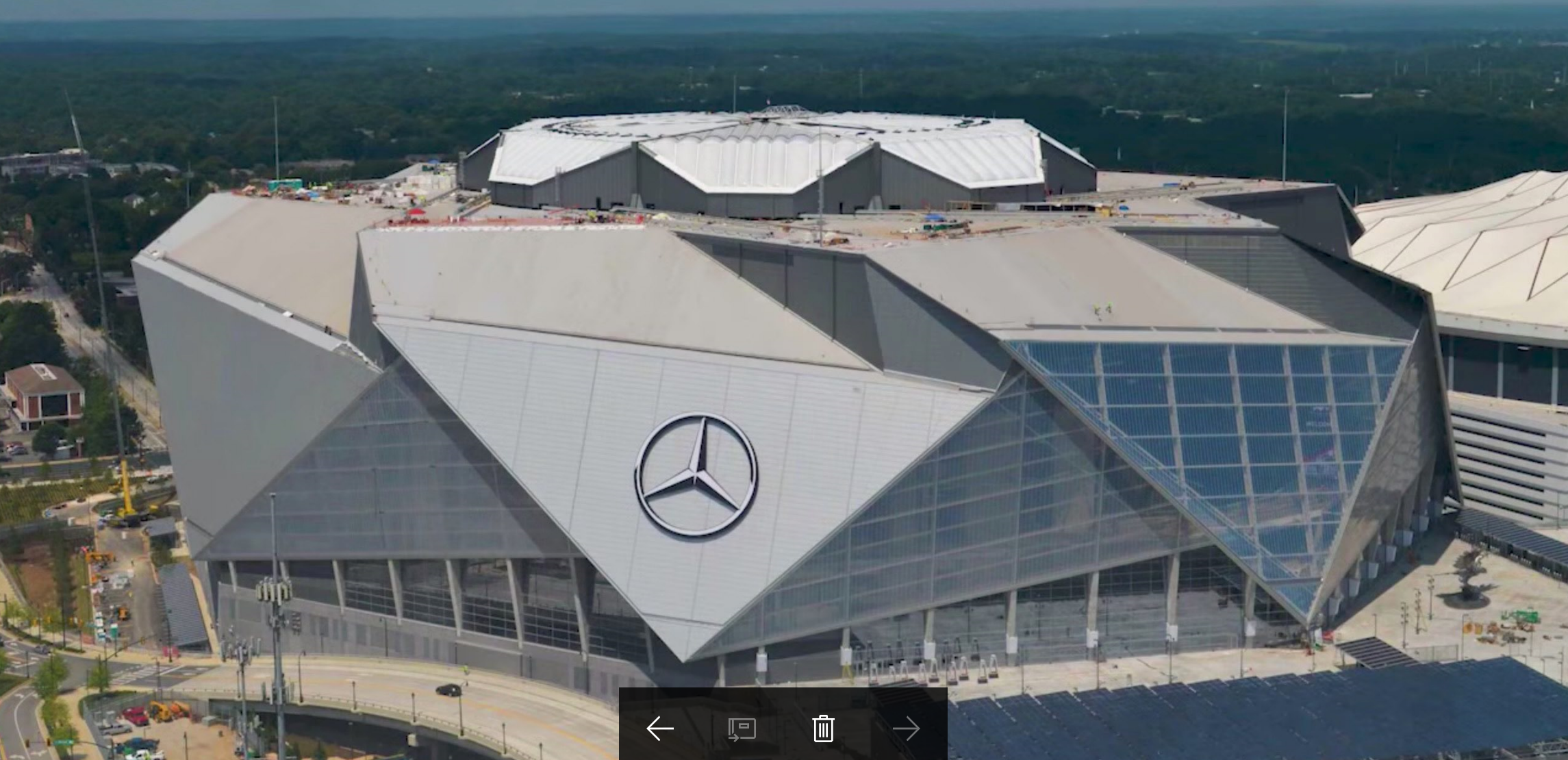The Not-So-Obvious Connection Between Stadiums and Community
I admit it. I am a skeptic when it comes to the community-building aspect of sports stadiums—and I am not alone.
This issue is particularly relevant in Atlanta with the recent openings of the Mercedes-Benz Stadium and SunTrust Park and the soon-to-be completed renovation of Philips Arena, all done with public financial assistance. In this blog, I focus on the Mercedes-Benz Stadium because it is the most expensive and prominent.
Here’s my question: How can a huge building, that looks like either the Lunar Lander or an alien landing zone (think big hole in the roof) and that is used less than 100 days per year, help revitalize a struggling community? Wasn’t this supposed to happen before with Turner Field and the Georgia Dome?
Don’t get me wrong. I support public-private partnerships and these revitalization efforts, but in general, I do not see the connection. With that said, I do think the Mercedes-Benz Stadium is different for two reasons.
The first reason is its positive impact on Atlanta by drawing major sports events—most notably the Super Bowl, the College Football National Championship and the possibility of a World Cup Final. The second reason is the commitment of private capital, associated with the Stadium, to work with the City government to revitalize the Westside neighborhoods in a way that makes sense.
Let’s take a look at the positive activity:
- Announced at a September 8, 2017 stadium event for Westside residents, businesses and nonprofits, The Arthur W. Blank Family Foundation and the city of Atlanta have promised to invest an additional combined $32 million in Westside neighborhoods, according to AJC.com. This lifts Arthur Blank’s total commitment to $22 million.
- These large financial commitments by the Westside Future Fund, the city and Blank have led to “tens of millions of dollars from other philanthropies, the federal government and business groups that failed to materialize with the Dome,” states a recent myAJC.com article.
- Westside Works , a long-term initiative to prepare Westside residents for employment opportunities, formed through a partnership of the Blank Foundation, Construction Education Foundation of Georgia (CEFGA), Integrity Community Development Corporation (Integrity CDC), The Center for Working Families, and Per Scholas, “has [to date] provided 450 Westside residents with living-wage jobs, earning nearly $12 million in wages for themselves and their families.”
- Richard Dugas, Chairman of the Westside Future Fund, a non-profit started by the mayor and Atlanta business leaders for Westside community renewal, acknowledges no quick fixes exist and states the fund’s goals “center on developing mixed-income housing while protecting existing residents, improving crime and safety, health and wellness and ‘cradle to career’ education.”
- Mayor Kasim Reed credits the new stadium with putting a focus on these communities and instigating progress, noting “a $30 million HUD grant to help rebuild the community and a $5 million ‘anti-displacement’ fund to protect homeowners from rising property taxes as values climb.” The Anti-Displacement Tax Fund will help at-risk homeowners, and the Future Fund is going door-to-door to let them know the program exists.
- Other wins include five Atlanta police officers moving into the neighborhoods—with more on the way—in homes built by a partnership between PulteGroup, the city, the Atlanta Police Foundation, the Atlanta Housing Authority and the Blank Foundation, states an August myAJC.com article.
And this is only a sampling of current Westside activity—from parks to schools to theaters, more financial commitments and economic improvements are in the works. The stadium itself is also recreating Atlanta. Blank is a visionary who is committed to making Atlanta a world-class city, and the upcoming events of the stadium all prove the city is well on its way to achieving that status.
I still have my doubts whether new or renovated stadiums alone can save challenged communities, even in the case of the Mercedes Benz Stadium and its $1.5 billion price tag. Would it not have been better to spend far less on the facility and far more on the community? I understand that world-class sporting events require these “super” venues, but it still seems misguided to me.
While many signs point to successful revitalization, only time will tell us how this story ends. Let’s hope for the best.



